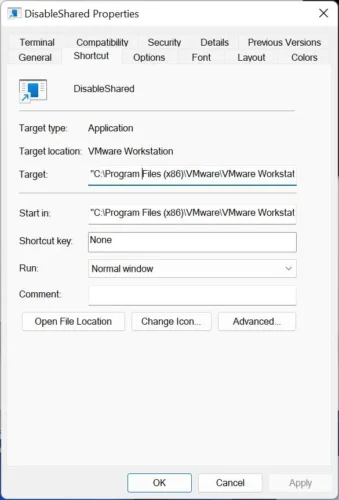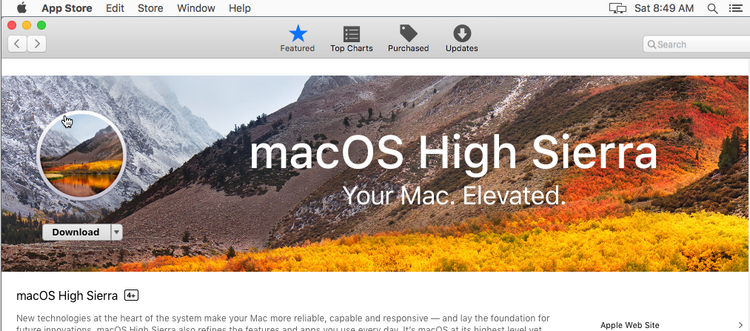You might have heard talk of a new way to secure systems and that it involves something described as Two Factor or 2FA. What you need to know is that it’s an extra layer of protection on your accounts that can protect you from hackers. The idea is that while a hacker may have gotten […]
Let me set the stage. You’re working with a Windows Virtual Machine and you want to install an application you suspect is, shall we say, malicious. So, you connect to the VM’s shared folders, copy the installation files locally and want to shut off folder sharing. This process takes more than 6 clicks every time […]
Over the years, I’ve used the file manager in a number of different and novel ways. With every new update, the tool gets better and better. In parallel, I wrap a number of things around my copy of Total Commander to make it truly useful on machines I work with and operate. These details are […]
The cloud isn’t always your friend. Google, for example, seems to imbue its entire system with pay-for-storage incentives. Two easy clicks and you can pay money just to hold onto older mail. But, maybe you don’t need them to store your old mail. Maybe you can do this on your own, simply and easily. You […]
Discourse is a popular forum tool available as a self-hosted open-source tool. It can be installed bare-metal on Linux, but the Docker installation is one that I found most interesting. Unlike most Docker-implemented tools, Discourse has a script that runs outside of the docker containers (on your base machine) to set up the tool. This monolithic script (./discourse-setup) seems to do many of the things that docker-compose does, but obviously worse. I’m no fan of doing things this way; especially when the base alternative is nowhere on their site. My challenge this time was to build a basic docker-compose.yml that would get Discourse running in a test environment. Here’s what I did.
Docker has been an amazing tool for deploying applications fast, but as I have come to need containers that interacted with each other, the networking aspects have brought some major challenges. I wasn’t a fan of docker’s documentation either. It doesn’t explain the nuances of this process. Namely, I wanted to know how to bring up a container and right from the start assign an IP address. Let me show you how that’s done.
If you use Unifi gear, you know that it can proliferate quite fast. Couple that with cameras, a second network for cameras, and you have a growing need for more Unifi controllers to manage devices. The best approach is to, uhm, unifi controllers into a cloud-based setup – but you can’t always do that. When controllers get isolated on networks, you may find that you’ve lost the administrator password for one. Here’s how you can reset it so long as you have root shell access to the machine running your controller.
I’ll just cut to the chase: You need a Mac. Or, more specifically OS X running in virtual machine. Every other step you’re going to take will lead you to failure. But, I can off you hope that it is possible and you can get your Mac running again. Read on.
My problem here was that a client asked needed to extract data from a few disparate sources and build a clean, usable list of email addresses. Certainly, no small feat since some of this would have to come out of an email account itself. I wasn’t even going to benefit from working from contacts either – addresses had to come from the messages themselves. I’m going to describe what I did to get there.
While posting a product online, I came across a well-developed scam. When I saw it, I wanted to humour the bad guys and see what information I might glean from the process. This is not something you should do, but the details I’ve gathered can help you look at these scams with a more critical […]
- 1
- 2










